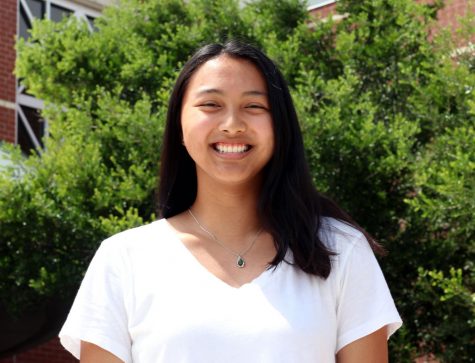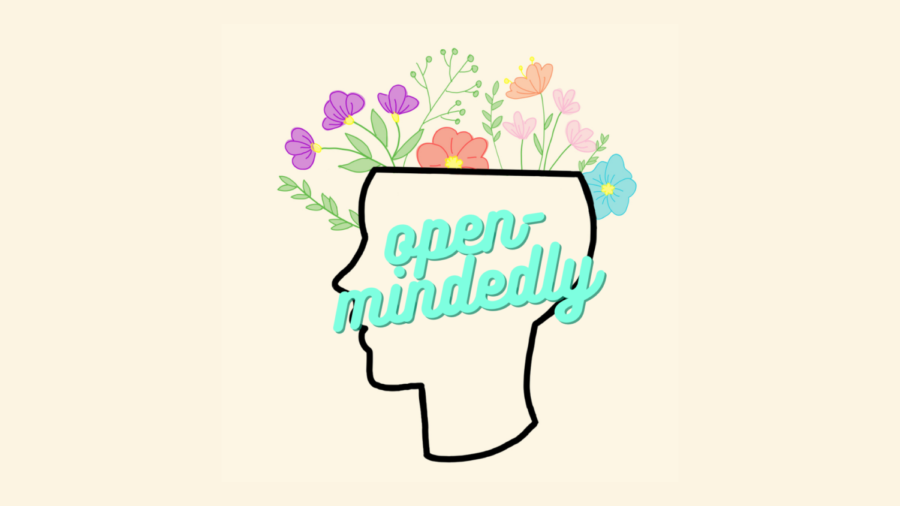Open-mindedly: Eating disorders
Whenever I hear the words “mental illness,” my mind immediately associates those words with terms like anxiety, bipolar disorder and depression. For a few years, I didn’t realize how much of a correlation there was between mental illnesses and their impact on one’s physique, including one’s relationship with food. Eating disorders, defined as “any of a range of psychological disorders characterized by abnormal or disturbed eating habits,” are the second deadliest mental illness in the United States as of June 2020.
Eating disorders can be seen in different forms, the most common being anorexia nervosa (AN) and bulimia nervosa (BN), with binge eating being the most common eating disorder in the U.S.
Anorexia nervosa, usually referred to as anorexia, occurs when an individual has highly restrictive eating patterns, as they believe they are overweight and in turn limit food consumption. Individuals with anorexia may avoid certain foods or eating around others out of fear. Those with anorexia tend to diet and exercise excessively, typically causing themselves to drop below healthy body weights. Approximately 90% of teenagers who have anorexia are female.
Bulimia nervosa is a subtype of anorexia which occurs when one binge eats, followed by forcefully ridding one’s body of the food. This may be done by an individual making themselves throw up or using excessive amounts of laxatives.
On the other hand, binge-eating disorder consists of eating large amounts of food in one sitting, with little to no feelings of self-control. Binge-eating is greatly associated with obesity, which can lead to other physical health issues.
Despite this variety in diagnosable eating disorders, disordered eating is another possible issue one may have when it comes to food. Although disordered eating habits may not fit the criteria of specific eating disorders, these habits still have the ability to harm individuals.
Eating disorders can occur regardless of one’s body type or level of physical fitness. Treatment options may vary from person to person; however, some of the most common include psychotherapy, meeting with a professional dietician or nutritionist and discussing other possible options with a doctor.
—————————————————————————————————————————————–
As someone who has struggled with disordered eating — and knows people who have struggled with eating disorders — I have seen and experienced the impacts firsthand. Personally, my disordered eating came as a result of other mental illnesses I was struggling with at the time. My disordered eating consisted of skipping meals on a fairly regular basis; I would skip meals not in hopes of losing weight or changing my appearance, but because I would work or sleep when I normally ate and wouldn’t have an appetite later in the day.
While there were a few external factors influencing my eating schedule, such as switching between in-person and virtual classes around lunchtime and other internal challenges, the majority of the times I skipped meals was because I simply didn’t feel like eating or wasn’t hungry. During the time period of my disordered eating, I gained somewhere between 15-20 pounds. This was the most I had weighed my entire life, and it took me months to realize my eating habits were negatively impacting my wellbeing.
Since then, I’ve worked to make my eating habits more normal, typically eating three meals a day with some intermittent snacks. Although I did not go to a doctor to monitor and fix my eating schedule, I found that speaking about my habits allowed me to be more conscious about the decisions I made when it came to food. Moreover, having friends who were with me during lunch hours helped hold me accountable for feeding myself at proper times.
Even though I did not have a specific, diagnosable eating disorder, my experience with disordered eating has allowed me to better understand some of the struggles those with eating disorders may face. While treatment may look different for everyone, if you are struggling with an eating disorder or disordered eating habits, know that you are not alone. There are many people — both teens and adults — who may relate to your experiences, and there are a variety of resources available to aid in the recovery process.

Senior Andie San Luis is the editor-in-chief and this is her second year on staff. She spends copious amounts of time on Spotify, plays the french horn...



